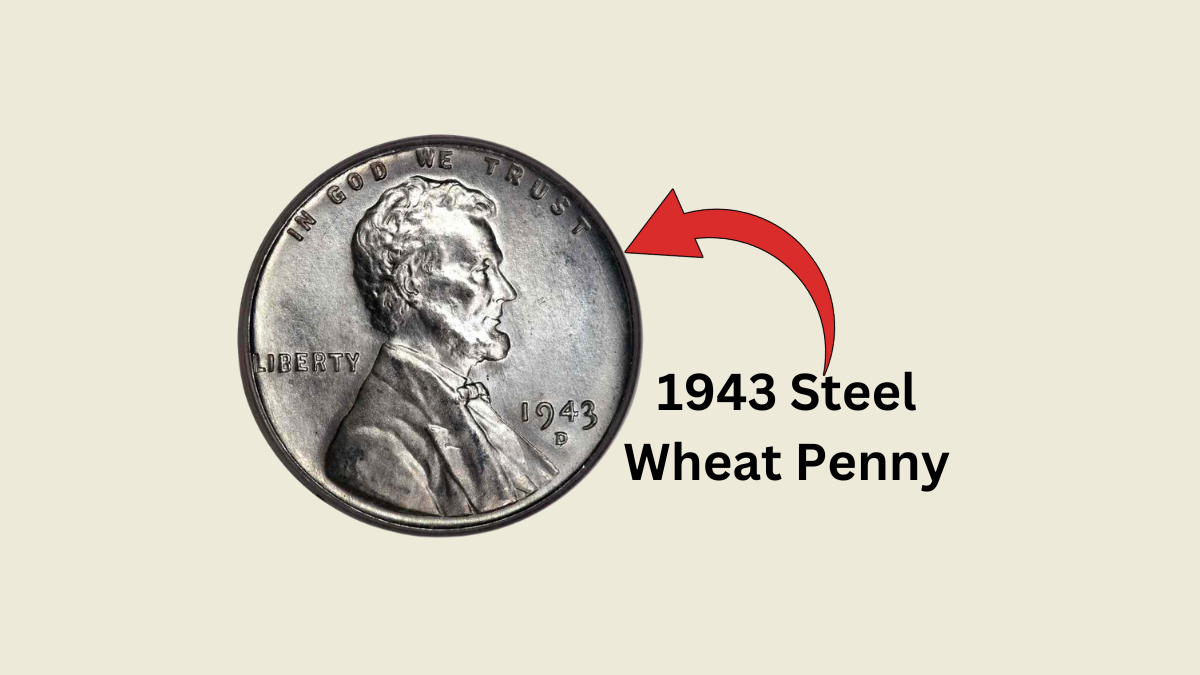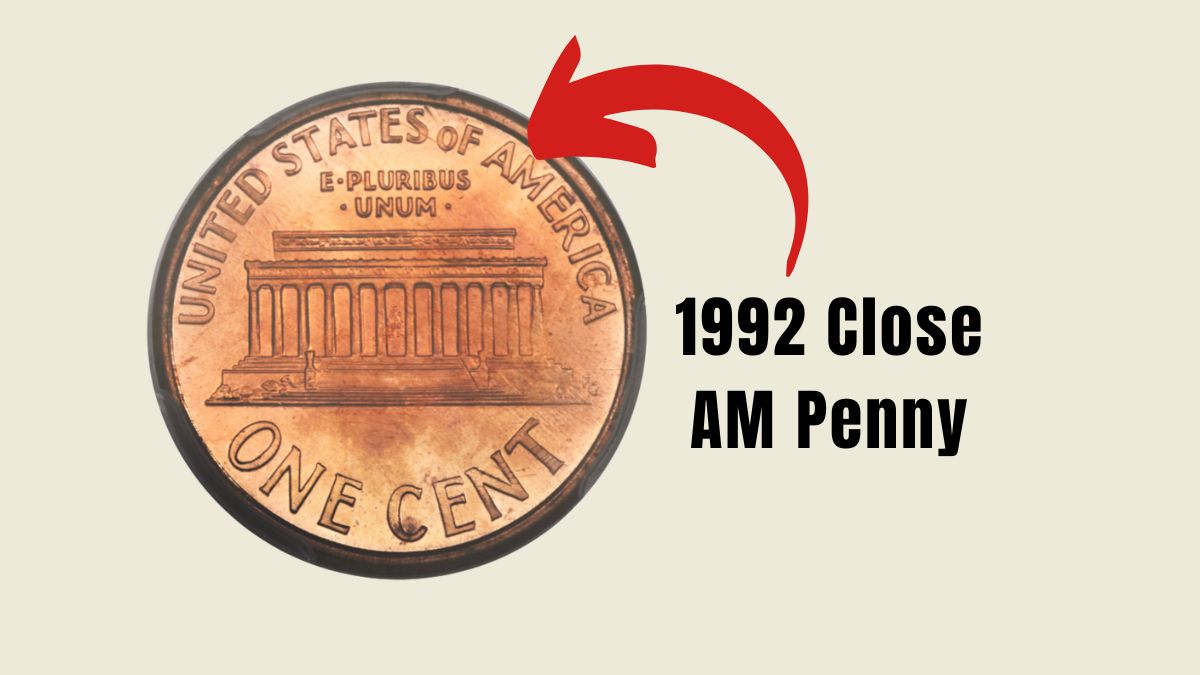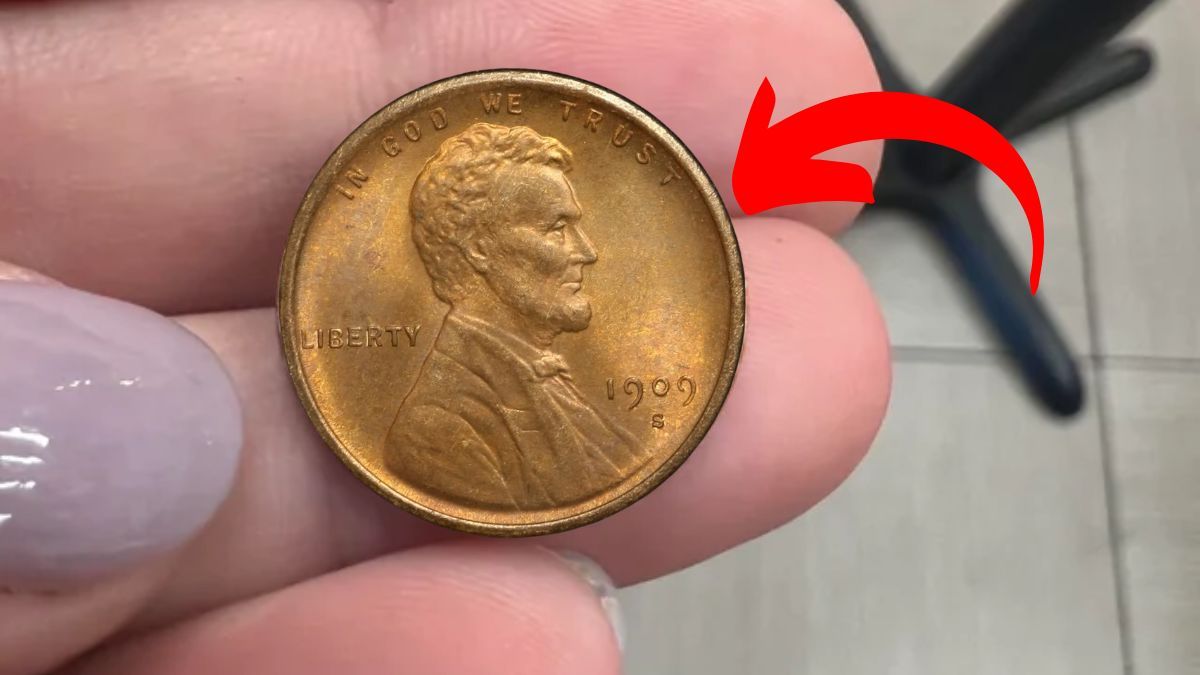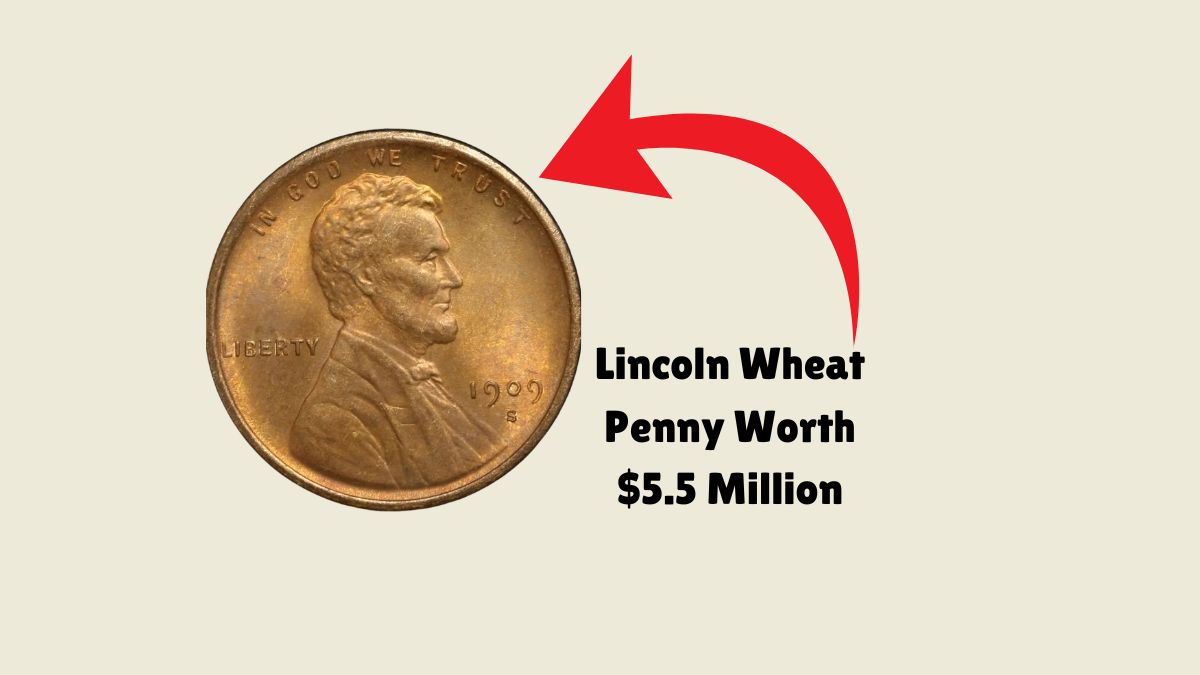The 1943 Steel Wheat Penny stands as a unique artifact from World War II, reflecting the United States’ resourcefulness during a time of material shortages.
This coin’s distinctive composition and historical significance continue to captivate collectors and history enthusiasts alike.
Historical Context Of 1943 Steel Wheat Penny
In 1943, amidst World War II, the U.S. faced a copper shortage due to its essential use in wartime production. To conserve copper, the U.S. Mint temporarily altered the penny’s composition, opting for zinc-coated steel instead of the traditional copper.
This change resulted in a silver-colored penny, often mistaken for a dime, and marked the only year the U.S. issued steel cents.
Design and Specifications of 1943 Steel Wheat Penny
The 1943 Steel Wheat Penny maintained the familiar design elements introduced in 1909 by Victor David Brenner:
- Obverse (Front): Features the right-facing profile of President Abraham Lincoln, with the inscriptions “IN GOD WE TRUST” above, “LIBERTY” to the left, and the year “1943” to the right.
- Reverse (Back): Displays two wheat ears flanking the denomination “ONE CENT,” with “UNITED STATES OF AMERICA” below and “E PLURIBUS UNUM” above.
The coin’s technical specifications are as follows:
| Specification | Details |
|---|---|
| Composition | Zinc-coated steel |
| Weight | 2.702 grams |
| Diameter | 19.05 mm |
| Edge | Plain |
| Mint Marks | None (Philadelphia), “D” (Denver), “S” (San Francisco) |
Mintage and Distribution of 1943 Steel Wheat Penny
The 1943 steel cents were produced across three mints, with the following mintage figures:
| Mint | Mintage Quantity |
|---|---|
| Philadelphia | 684,628,670 |
| Denver | 217,660,000 |
| San Francisco | 191,550,000 |
In total, over one billion steel pennies were minted, making them relatively common. However, their unique composition and historical context enhance their appeal among collectors.
Value and Rarity of 1943 Steel Wheat Penny
While many 1943 steel pennies are readily available, their value varies based on condition, mint mark, and the presence of any errors:
- Circulated Condition: Typically valued between $0.05 and $0.20.
- Uncirculated (Mint State) Condition: Values can range from $5 to over $100, depending on the grade. For instance, a coin graded MS65 may be valued around $35 to $100, while those in MS67 condition can command prices upwards of $500.
- Rare Errors: Certain anomalies, such as the 1943 copper penny (a result of leftover copper planchets from 1942), are rare and highly valuable. One such 1943-D copper cent sold for $1.7 million in 2010.
Collecting 1943 Steel Wheat Penny
The 1943 Steel Wheat Penny offers numismatists an accessible entry point into coin collecting, with the potential for discovering valuable specimens. When collecting, consider the following:
- Authentication: Due to counterfeits, especially copper-plated steel pennies, it’s crucial to authenticate coins, particularly those purported to be rare errors.
- Condition Assessment: The Sheldon Coin Grading Scale, ranging from Poor (P-1) to Perfect Uncirculated (MS-70), is commonly used to evaluate a coin’s condition.
- Storage: To prevent rust and corrosion, store steel pennies in a dry environment, preferably in protective holders.
FAQs
Why was the 1943 penny made of steel?
The U.S. Mint used steel to conserve copper for wartime necessities during World War II.
How can I tell if my 1943 penny is steel or copper?
A simple magnet test can determine this: steel pennies are magnetic, while copper pennies are not.
Are all 1943 steel pennies valuable?
While common steel pennies have modest value, those in exceptional condition or with mint errors can be quite valuable.
What makes the 1943 copper penny so rare?
The rarity stems from accidental minting on leftover copper planchets, with only a few known to exist.
How should I store my 1943 steel penny?
Store it in a dry place, ideally within a protective holder, to prevent rust and corrosion.




